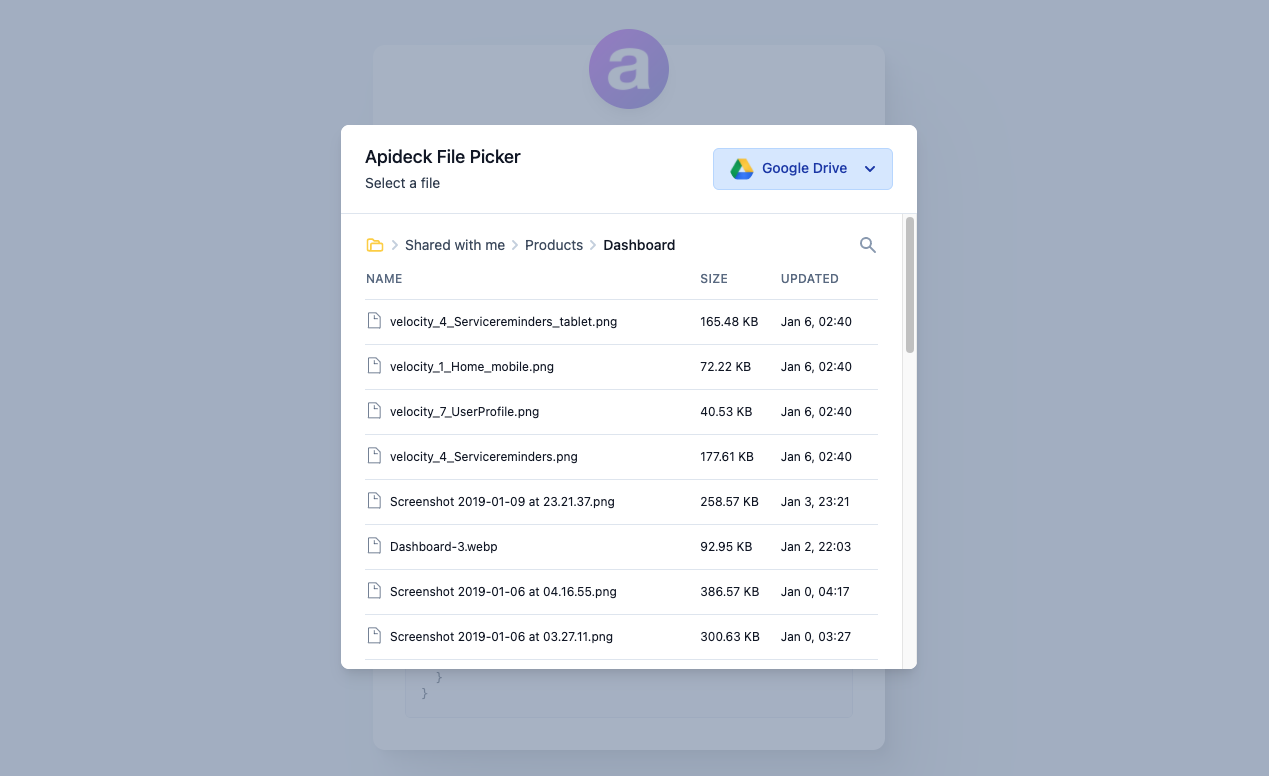Being engineers ourselves, we understand first-hand how frustrating it can be to waste precious time on performing menial coding tasks. That’s why we started Apideck in the first place: to help SaaS companies save time implementing and maintaining multiple integrations. This allows developers to focus on the areas where they’re really adding value for the company.
Our CRM, Lead and Accounting Unified APIs already save developers countless hours of reading through developer documentation, normalizing pagination, writing multiple API integrations and dealing with maintenance and updates of downstream APIs.
We’re very proud to add another software category to our growing portfolio of unified APIs: the Unified File Storage API.
This Unified API makes it possible for software developers to integrate with the most popular cloud storage providers by building just one single integration. At launch, we’re providing support for the:
GraphQL and REST API
As an industry first, the File Storage API is available as both a REST and GraphQL API. Both API styles have their advantages, so we don’t choose any sides ;) Use the REST API to integrate file storage data at record speed or use the GraphQL API to create precise and flexible queries for the data you need to integrate from across all cloud storage connectors.
Embeddable File Picker
And we’re not stopping there. To make engineers’ lives even easier, we’re also introducing our File Picker. This ready-made UI component makes it even easier for your customers to browse and select files from any storage provider and load them directly into your application. The fully responsive component provides an excellent user experience, regardless whether it's on desktop or mobile. Our React File Picker is also fully open sourced, so you can use it as-is, or modify it in any way you like.
Universal Search
As we’re seeing a shift in organizations adopting multiple cloud storage solutions, we decided to include universal search capabilities that allow your customers to search across different file storage providers resulting in a great user experience.
Apideck product suite
You also won’t have to worry about credential management. The OAuth flow and API key storage can be seamlessly managed by Apideck Vault. As with all of our unified APIs, we provide integrated logging and monitoring. This makes for fast and easy debugging and allows you to proactively intervene in case of issues. And if you’re an Apideck Ecosystem customer, you can effortlessly showcase your newly supported file storage integrations on your marketplace.
Future releases
As this is the first version of the File Storage API we’re still looking to add upload capabilities with more samples to embed within your products.
We’re excited to see how our customers will be using these in their applications and are looking forward to any feedback on how we can further improve this component to make your lives easier.
Ready to get started?
Scale your integration strategy and deliver the integrations your customers need in record time.









